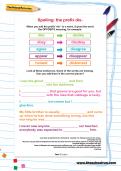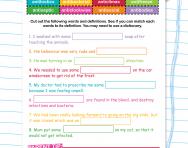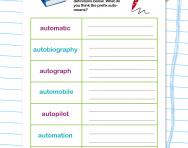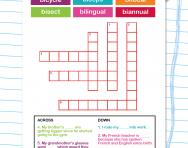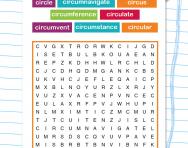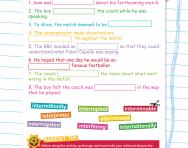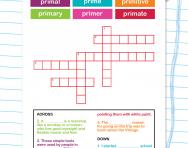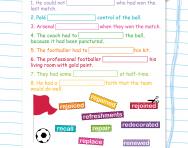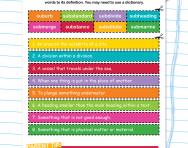Spelling patterns: the prefix dis-
What is a prefix?
A prefix is a group of letters that are added to the beginning of a word to change its meaning or create a new word. It's like adding a little tag to the front of a word that alters its original meaning.
For example, in the word unhappy, un- is a prefix that means not, so adding un- to happy changes the meaning of the word from happy to not happy.
How are prefixes taught at primary school in KS2?
In Key Stage 2 (KS2) of primary school, typically for children aged 7 to 11, prefixes are introduced as part of the English language curriculum.
Here's how prefixes are commonly taught:
- Introduction to prefixes: teachers begin by explaining what prefixes are and how they work. They may provide simple examples to demonstrate how adding a prefix to a word changes its meaning.
- Common prefixes: children are introduced to common prefixes such as un-, re-, pre-, dis-, mis-, in-, im-, non-, and anti-. These prefixes are frequently encountered in English words and are essential for building vocabulary.
- Meaning and usage: students learn the meanings of these prefixes and how they change the meaning of a word when added to the beginning. Teachers provide examples and encourage students to identify the meaning of words with prefixes in context.
- Word building activities: children engage in activities where they add prefixes to base words to create new words. These activities may include worksheets, games, and interactive exercises to reinforce learning.
- Reading and writing tasks: children practise identifying prefixes in texts they read and use them in their writing. This helps them understand how prefixes are used in real-world communication.
- Assessment: teachers assess children's understanding of prefixes through quizzes, worksheets, and writing assignments.
What are some examples of the dis– prefix?
Here are some examples of the prefix dis–
- Dislike
- Disagree
- Disobey
- Disappear
- Disrupt
How will this prefix worksheet help your child?
This teacher-created activity will help your child understand what a prefix is, how to use the prefix dis–, and put their knowledge into practice. Consolidate their school learning with this at-home worksheet and build their confidence in their English skills.
For more help with primary-school English, visit our hub page, or try a new challenge with our Spelling patterns: the prefix pre– worksheet.
